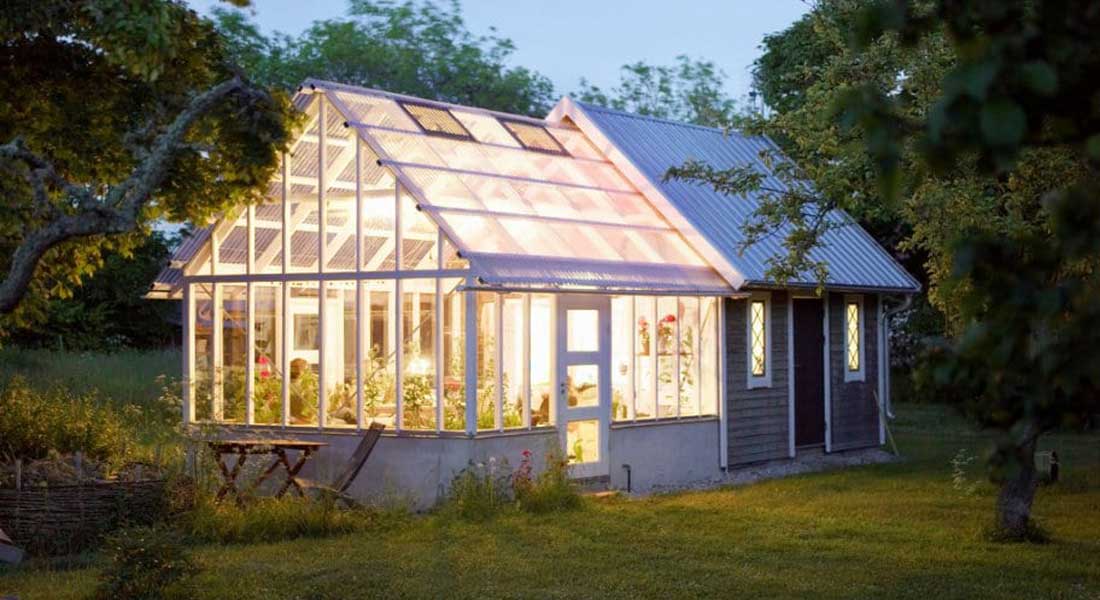The Greenhouse is made for providing the suitable Environment for the Growth of plant through out the year. For achieving the warm and suitable atmosphere the greenhouse will be enclosed by any material and maintaining the warmth for the better growth of the plant. It is also having the benefit of safety from the natural weather changes and climate, which can never influence on the plants growing in the greenhouse.
The greenhouse can be constructed by metal, glass or plastic materials. The commonly used material is plastic due to its quality to withstand the natural disturbances and it is free from rust. The plastic allows the sunlight to inside the greenhouse, protecting the warmness inside, restricting the ultra-violet radiation and it strong & durable. The filtered environment in the greenhouse makes possible by the use of plastic enclosure.
The greenhouse plastic is explicit design to resist wear and tear unlike conventional construction plastic that cannot filter ultraviolet rays emitted from the sun. Greenhouse plastic is durable due to its knitted design and allows the cutting and sizing to meet the required length for a structure without fraying, ripping, or tearing.
The material can easily be framed around any where in the greenhouse opening like a vent, door or windows. At the same time, cost is affordable when greenhouse plastic is used since it is lightweight and does not require heavy-duty structural framing. The distribution of light by the structure constructed of greenhouse plastic is as good as that of a glass greenhouse.
Types of Greenhouse Plastic
Greenhouse plastic films are generally three types named, PVC or polyvinyl chloride, PE or polyethylene and copolymers. There may be other types of plastic used for the covering of greenhouse; even then, these three are the most widely used among all.
Polyethylene plastic is available in two types; one is the utility grade and second is the commercial grade. Utility grade polyethylene plastic is available any where and generally stays in good condition for a year. Commercial grade polyethylene plastic that is lasting longer than the utility grade and it is worth up to eighteen months and it is filtering the ultraviolet rays.
Copolymers are more durable than other types and lasting up to three years. Innovative additives introduced into greenhouse plastic enable it to mimic the same effects of a glass greenhouse with considerable costs. Polyvinyl chloride is more expensive compared to polyethylene due to its durability, up to five years.
The plastic film can be made of polyethylene, copolymers or polyvinyl chloride depending on your preference. Choose a greenhouse plastic, which can filter the ultraviolet rays in to the required value for the plants. The greenhouse plastic film can be secured in place using a staple gun. In a more rigid construction, the 1? by 2? wood strips and wood screws will be used to secure the greenhouse plastic film in place. A popular technique is that the double-layer construction for better insulation for the energy savings.
Two sheets of plastic are layered and leaving a small gap in between the layers. The air between the plastics layers can efficiently insulate the entire greenhouse. Poly patching type of tape can be used to patch holes and scratch that may happen to the plastic film. Its excellent holding strength and wide tape make an ideal for securing the plastic film of the greenhouse.

